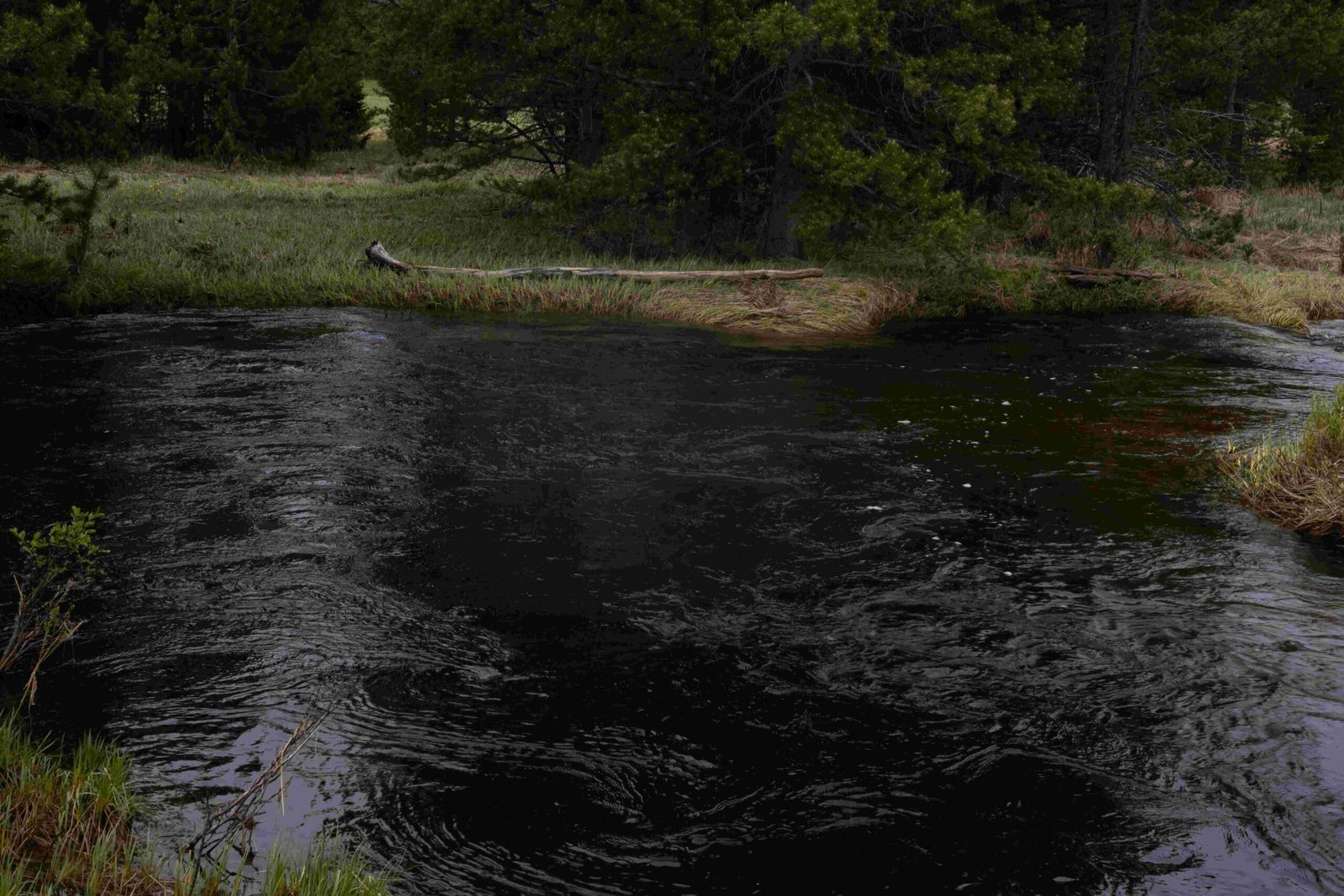Rocky Mountain National Park experiences varying snowfall throughout the year, with peak accumulation occurring during winter months. The park’s diverse elevation ranges from 7,860 to 14,259 feet, resulting in significant snowfall differences across regions. Understanding monthly snowfall patterns is crucial for visitors planning activities, from winter sports to summer hiking. This guide provides detailed insights into snowfall trends, helping you prepare for your Rocky Mountain adventure.
What Are the Monthly Snowfall Averages in Rocky Mountain National Park?

Rocky Mountain National Park’s snowfall varies significantly throughout the year. Here’s a detailed breakdown of average snowfall by month:
| Month | Average Snowfall (inches) |
|---|---|
| January | 4.6 |
| February | 6.3 |
| March | 7.8 |
| April | 3.8 |
| May | 0.5 |
| June | 0.1 |
| July | 0 |
| August | 0 |
| September | 0.5 |
| October | 1 |
| November | 3.8 |
| December | 5.7 |
This data is based on historical records from Estes Park, a common reference point for weather conditions within the park.
When Does Rocky Mountain National Park Receive the Most Snow?

The peak snowfall months in Rocky Mountain National Park are:
- March (7.8 inches)
- February (6.3 inches)
- December (5.7 inches)
- January (4.6 inches)
These winter months offer the best opportunities for snow-related activities and breathtaking winter landscapes. However, it’s important to note that snowfall can vary greatly depending on elevation and specific location within the park.
How Does Snowfall Affect Park Accessibility?
Snowfall significantly impacts park accessibility, especially during peak winter months:
- Road Closures: Heavy snow often leads to the closure of certain park roads, particularly:
- Trail Ridge Road (upper sections)
- Bear Lake Road
-
Old Fall River Road
-
Parking Limitations: Snow accumulation can reduce available parking at popular trailheads.
-
Trail Conditions: Many trails become snow-covered, requiring specialized equipment like snowshoes or cross-country skis.
-
Facility Closures: Some park facilities may have reduced hours or close entirely during extreme weather conditions.
Visitors should always check the official Rocky Mountain National Park website for up-to-date information on road and trail conditions before planning their trip.
What Activities Are Available During Snowy Months?
Despite road closures and challenging conditions, snowy months offer unique opportunities for winter recreation:
- Snowshoeing
- Cross-country skiing
- Winter hiking
- Wildlife viewing (elk and bighorn sheep are often more visible against the snow)
- Photography (capturing snow-capped peaks and frozen landscapes)
- Ranger-led winter programs (when available)
Many of these activities are best enjoyed in the eastern part of the park, which tends to be more accessible during winter months.
How Does Elevation Affect Snowfall in Rocky Mountain National Park?
Elevation plays a crucial role in snowfall patterns within Rocky Mountain National Park:
- Lower Elevations (7,500 – 9,000 feet):
- Less snowfall
- Snow melts faster
-
Example: Estes Park area
-
Mid Elevations (9,000 – 11,000 feet):
- Moderate snowfall
- Snow persists longer
-
Example: Bear Lake area
-
High Elevations (above 11,000 feet):
- Heaviest snowfall
- Snow can persist year-round in some areas
- Example: Alpine areas along Trail Ridge Road
This elevation-based variation means that even during months with low average snowfall, higher elevation areas may still have significant snow cover.
What Safety Precautions Should Visitors Take During Snowy Months?
Visiting Rocky Mountain National Park during snowy months requires additional preparation:
- Check weather forecasts and park conditions before your visit
- Carry chains or use winter tires on your vehicle
- Dress in layers and bring appropriate winter gear
- Carry emergency supplies in your vehicle (blankets, food, water)
- Be aware of avalanche risks, especially in backcountry areas
- Inform someone of your planned route and expected return time
- Carry and know how to use navigation tools (map, compass, GPS)
Remember that weather conditions can change rapidly in the mountains, so always be prepared for unexpected situations.
How Does Snowfall Impact Wildlife in Rocky Mountain National Park?
Snowfall significantly affects wildlife behavior and visibility in the park:
- Elk: Often move to lower elevations, making them more visible in areas like Moraine Park
- Bighorn Sheep: Can be seen on rocky outcrops where wind blows snow away
- Mule Deer: May congregate in areas with less snow for easier foraging
- Small Mammals: Some, like marmots, hibernate; others, like snowshoe hares, change color for camouflage
- Birds: Species like Clark’s Nutcrackers and Mountain Chickadees remain active, often visible against snowy backgrounds
Winter can be an excellent time for wildlife viewing, as animals are often more visible against the snow and concentrated in specific areas.
What Are the Best Photography Opportunities During Snowy Months?
Snowy months in Rocky Mountain National Park offer unique photography opportunities:
- Sunrise at Dream Lake: Capture the alpenglow on snow-covered peaks
- Bear Lake: Perfect for reflections of snowy mountains in partially frozen water
- Trail Ridge Road (when open): Panoramic views of snow-capped peaks
- Moraine Park: Wide-open vistas with potential for wildlife shots
- Alberta Falls: Frozen waterfall surrounded by snow-laden trees
- Sprague Lake: Calm waters reflecting snowy landscapes
Remember to protect your camera equipment from cold and moisture, and be prepared for rapidly changing light conditions in winter.
By understanding the snowfall patterns in Rocky Mountain National Park by month, visitors can better plan their trips, choose appropriate activities, and fully appreciate the park’s winter beauty. Whether you’re seeking snowy adventures or hoping to avoid heavy snowfall, this guide provides the information needed to make the most of your Rocky Mountain National Park experience.
References:
1. https://www.rockymountainhikingtrails.com/rocky-mountain-national-park-weather.htm
2. https://www.weatherworld.com/climate-averages/co/rocky+mountain+national+park.html
3. https://weatherspark.com/s/150297/3/Average-Winter-Weather-in-Rocky-Mountain-National-Park-Colorado-United-States

